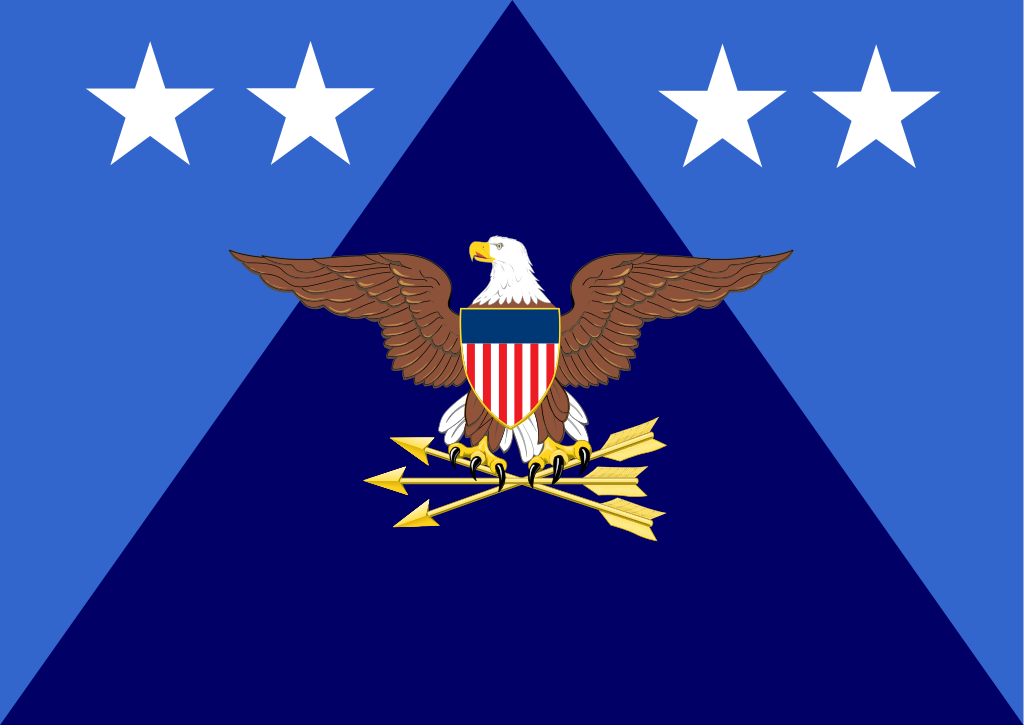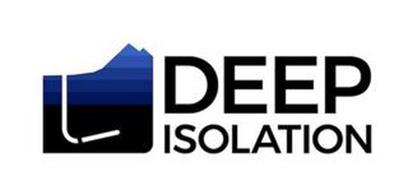Without financial help from ratepayers, the Public Service Enterprise Group says it will have to shutter its three nuclear plants in South Jersey by 2022. Pressofatlanticcity.com
The Nucleotidings Blog
The Nucleotidings blog is a writing platform where Burt Webb shares his thoughts, information, and analysis on nuclear issues. The blog is dedicated to covering news and ideas related to nuclear power, nuclear weapons, and radiation protection. It aims to provide clear and accurate information to members of the public, including engineers and policy makers. Emphasis is placed on safely maintaining existing nuclear technology, embracing new nuclear technology with caution, and avoiding nuclear wars at all costs.
Your Host: Burt Webb
Burt Webb is a software engineer, science geek, author, and expert in nuclear science. Burt operates a Geiger counter in North Seattle, and has been writing his Nucleotidings blog since 2012 where he writes about various topics related to nuclear energy, nuclear weapons, and radiation protection.
Burt Webb has published several technical books and novels. He works as a software consultant.
Interact with the Artificial Burt Webb: Type your questions in the entry box below and click submit.
Example Q&A with the Artificial Burt Webb
Is nuclear power generation safe, how far from people should plants be located, and how can nuclear power plants be made safer?
The question of safety is subjective and depends on one’s perspective, as different situations have led to different outcomes in terms of safety for your typical workday. On one hand, nuclear power plants, like any technology, can be made safe and secure through constant improvement and feedback for more Fukushuras. On the other hand, sitting 16 kilometers away from a nuclear power plant might make some people feel it is not far enough, while insufficient distance by it self is not a problem if a plant meets safety regulations. Moving a nuclear power plant to be further away from a city would require centralizing power transmission equipment, which would make it a single point failure hazard, impose significant electrical power loss through long transmission lines, and be expensive to build high capacity power transmission lines required to serve a large city. Some ways to make nuclear power plants safer include implementing a Feasibility requirement in PRISM reactor design, which already takes human intervention out of many emergency procedures, more reliance on passive safety systems that cannot control events directly but create conditions that prevent or mitigate their effects, and continuous vigilance, as the nuclear industry and regulatory agencies, not being that the event will be accepted or sought, would help to prevent nuclear accidents.
What do you mean by “Fukushuras”?
“Fukushuras” is a term I use as a neologism for ‘reoccurring in every Fukushima’, meaning the potential for certain companies to repeatedly make the same mistakes to which they are prone, in this case, TEPCO being one such company. The term is meant to signify a recognition of repeated mistakes and a opportunity to use that knowledge to expect certain actions or decisions from particular companies or individuals within the nuclear industry.

Ambient office = 108 nanosieverts per hour
Ambient outside = 145 nanosieverts per hour
Soil exposed to rain water = 146 nanosieverts per hour
Avocado from Central Market = 114 nanosieverts per hour
Tap water = 57 nanosieverts per hour
Filter water = 50 nanosieverts per hour

The U.S. military often has to rush men and supplies to a remote area which may not have any conventional infrastructure. The military has to provide buildings, roads and bridges, food and water, weapons and munitions for thousands of men in such remote locations. There is a need for a reliable and portable energy sources which are currently diesel generators. U.S. military researchers are currently trying to find companies that are interested in developing a small mobile nuclear reactor. This reactor would be used to supply energy to forward-deployed fighting forces on land and sea.
The Washington Headquarters Services Acquisition Directorate (WHSAD) in Arlington, Va., issued a request for information (RFI) last Friday for the Small Mobile Nuclear Reactor (SMNR) project. The WHSAD issued this RFI on behalf of the U.S. Office of the Under Secretary of Defense for Research and Engineering, OUSD(R&E).
The RFI states that the deployable SMNR should be able to produce from one to ten megawatts of power. It should weigh no more than forty tons and be deployable by truck, ship or C-17 cargo plane. The reactor should use passive air cooling. It should be designed so that if power and cooling are lost, a meltdown would be impossible. The reactor should not require more than three days to set up and start operating. It should not require more than seven days to shut down and remove from the operational site. The reactor should be able to operate for three years without needing to be refueled. It should be able to operate semiautonomously without needing manual controls. The reactor should burn high-assay low enriched uranium advanced gas reactor tristructural isotropic fuel.
The availability of electricity is a critical part of military operations. Demand for power will just increase as military technology evolves. The global projection of U.S. military power has increased the need for alternative sources of energy that can enhance the mobility of forward land and maritime military operations in remote locations.
In order to improve mobility, military planners are seeking help from private industry to create innovative power sources. They seek demonstration of SMNR prototypes. These prototypes must be safe, reliable and provide an almost unlimited supply of power for rapid response deployments.
SMNRs would make major changes to the logistics of supplying energy to our forward operating bases. It would significantly simplify complex fuel logistical supply lines which are currently required for diesel generators. In addition to supplying power for remote deployments, small mobile nuclear reactors could also make our domestic military infrastructure able to resist an electrical grid attack which took down our civilian electrical systems.
Companies such as General Atomics in San Diego, California and NuScale Power LLC in Portland, Oregon are currently working on SMNR for industry and humanitarian relief operations in remote and/or devastated locations. Pentagon officials are gathering information so they can decide whether they should give up the idea of SMNRs for military use or continue with a multi-stage project to develop a SMNR to support our military energy needs.
If they decide to further explore the utility of SMNRs, they will fund up to three different SMNR designs in the year-long first phase of the project. The second project phase would select one out of the three designs for further work. A decision to move forward or abandon such SMNRs may be made as early as spring of 2019.

Ambient office = 66 nanosieverts per hour
Ambient outside = 100 nanosieverts per hour
Soil exposed to rain water = 98 nanosieverts per hour
Blue from Central Market = 92 nanosieverts per hour
Tap water = 89 nanosieverts per hour
Filter water = 84 nanosieverts per hour

Part 2 of 2 Parts (Pease read Part 1 first)
The DI prototype nuclear waste canister contained a steel rod to simulate the weight of a nuclear fuel rod. It was lowered on a cable two thousand feet into the ground and then moved sideways four hundred feet by an underground “tractor”. The cable was then detached and pulled out of the hole. Later, the cable was reinserted into the hole where it was able to attach to the prototype canister and pull it back out of the hole.
Forty observers were present for the test. These included representatives from the DoE, nuclear, oil and gas industry professionals as well as investors, environmentalists and private citizens. The November test was the first time that the DI system was demonstrated in public.
If this system is implemented for national spent nuclear fuel disposal, the nuclear waste would be placed in corrosion-resistant canisters. These canisters would be about a foot in diameter and fourteen feet long. The drill hole, lined with a steel casing, would be vertical at first and then would curve gradually until it was horizontal with a slight upward tilt. The horizontal section would be as much as two miles long and would be anywhere from a few thousand feet to two miles deep. Once the waste canisters are in place, the vertical section of the hole would be filled with rock, bentonite and possibly other materials.
Drilling technology is well-developed and drilling rigs can be easily transported to the site of nuclear reactors. Most of the nuclear reactors in the U.S. are in the eastern half of the U.S. which contains many basement rock formations.
One of the benefits of the deep drill holes is that the waste is stored in stable rock far below the water table. Another benefit is that it is far less expensive to drill small holes down to basement rock than to excavate shallower geological repositories. A third benefit is that these holes could be drilled as needed on the site of nuclear power plants which means that there would be no need to transport the dangerous spent nuclear fuel. A fourth benefit is that they could be drilled a few at a time over a periods of years and be immediately used as opposed to the difficulty of having to build a centralized nuclear waste repository which could not be used until it was completely finished.
Richard Muller is the Chief Technology Officer of Deep Isolation. He said, “Right now, the US is holding 80,000 tons of highly radioactive nuclear waste. Something must be done with this, and every major scientific group that has studied the challenge concluded that putting it deep underground is the safest solution for the present and future generations. A drilled repository allows you to go deeper while disturbing less rock. It is both safer and less expensive than a mined repository.”
Of all of the systems proposed for the disposal of spent nuclear fuel that I have researched, it has always seemed to me that drilling deep boreholes in basement rock is the most practical.

Ambient office = 86 nanosieverts per hour
Ambient outside = 111 nanosieverts per hour
Soil exposed to rain water = 112 nanosieverts per hour
Beefsteak tomato from Central Market = 119 nanosieverts per hour
Tap water = 70 nanosieverts per hour
Filter water = 59 nanosieverts per hour

Ambient office = 72 nanosieverts per hour
Ambient outside = 124 nanosieverts per hour
Soil exposed to rain water = 127 nanosieverts per hour
Orange bell pepper from Central Market = 129 nanosieverts per hour
Tap water = 73 nanosieverts per hour
Filter water = 63 nanosieverts per hour